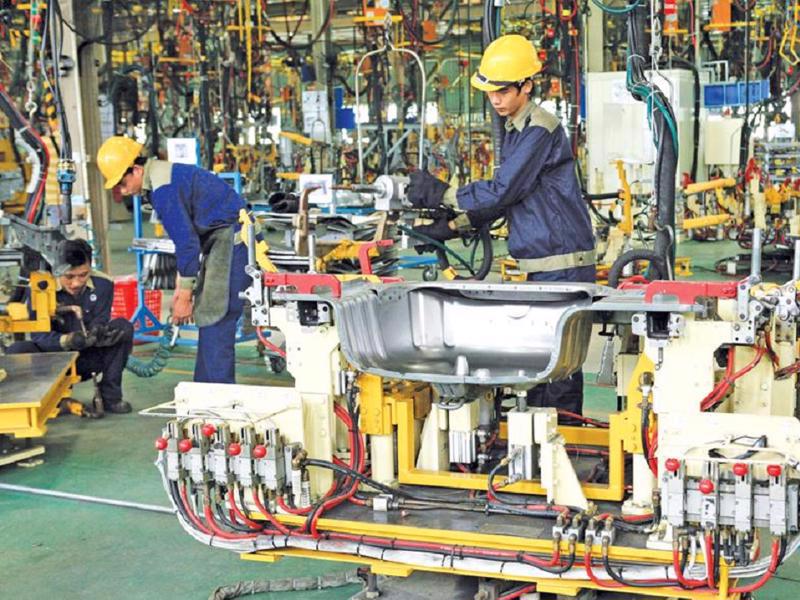Vietnam’s PMI moved back to the 50.0 no-change mark in August for the first time in six months, S&P Global reported on September 5.
The index rose from 48.7 in July to 50.5 in August, which demonstrates that business conditions in the manufacturing sector have improved.
According to the latest S&P Global Vietnam Manufacturing Purchasing Managers’ Index (PMI), Vietnam’s manufacturing sector returned to growth during the month as signs of recovery in demand supported renewed increases in both new orders and production.
“Firms expanded their purchasing activity accordingly, but employment continued to fall marginally as firms were reluctant to take on extra staff given still fragile demand,” the report said.
Renewed increases in prices were also seen midway through the third quarter. Input costs rose for the first time in four months while selling price inflation was signaled for the first time since March.
The recovery in the health of the manufacturing sector demonstrates signs of improved demand. Manufacturers reported their first increase in new orders in six months, while new export orders also rose following a five-month sequence of decline. However, growth rates remained modest amid some reports of ongoing weak demand.
Similarly, the manufacturing production returned to growth in August, ending a five-month decline. Nevertheless, the rate of increase was only marginal.
Also, purchasing activity rose for the first time in six months and was most pronounced since September 2022.
“The latest S&P Global Vietnam Manufacturing PMI paints a more encouraging picture regarding the health of the sector than had been the case in recent months, with output, new orders, exports and purchasing all returning to growth,” said Mr. Andrew Harker, Economics Director at S&P Global Market Intelligence. “Improvements were generally still quite muted, however, as demand conditions remained fragile. It is probably too early to say, therefore, that the sector is in full recovery mode.”
“Another key aspect from the latest survey was the end of the recent period of falling prices, with both input costs and selling charges up in August, often linked to higher oil prices.”









 Google translate
Google translate